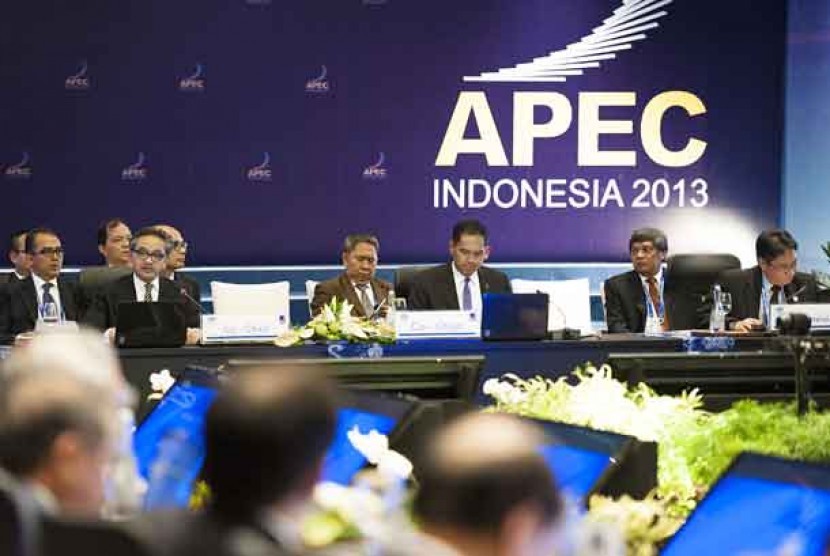REPUBLIKA.CO.ID, MACAO -- Tourism Ministers from APEC economies committed to develop and support the rapidly evolving tourism sector in the Asia-Pacific as a mechanism for greater economic growth in the region. Further connecting the region’s tourism market is through promoting seamless travel throughout the Asia-Pacific from efficient transportation linkages and improved visa facilitation to leveraging new, smart technologies in the tourism sector.
“Due to our historical, cultural and physical diversity, APEC members have built unique destination brands that have received greater recognition by international tourists and resulted in a growing tourism market,” said Shao Qiwei, Chairman of the China National Tourism Administration and Chair of the 8th APEC Tourism Ministerial Meeting.
“It is imperative we work together to further develop and transform our region’s tourism sector to respond to an evolving travel and leisure market by utilizing innovative, smart technologies and creating low-carbon, sustainable destinations,” added Shao.
The contribution of the travel and tourism sector to the gross domestic product (GDP) of APEC economies is expected to increase by 4.6 percent annually and in the process, create 40 million more jobs by 2024, according to the World Travel and Tourism Council. Last year, the sector accounted for 8.5 per cent of the region’s total GDP or USD 3.6 trillion, 8.6 per cent of total employment, and attracted 355 million tourists.
“More convenient, safer and efficient travel is needed to accommodate the rising tourist numbers and harness the full potential of the industry as a source of economic growth,” said Javier Esteban Guillermo Molina, Lead Shepherd of the APEC Tourism Working Group.
“APEC economies are working together to improve passenger movement and boost tourism travel in the region by reducing processing time for tourists at airports,” explained Guillermo.
With twenty-one of the top thirty busiest airports in the world located in the Asia-Pacific, APEC programs help ease the movement of legitimate tourists and travelers through improved visa application processes and trusted traveler programs that allow repeated, low-risk passengers to pass through borders more quickly.
“The expansion of the middle class across the Asia-Pacific is driving the rapid development of the travel and tourism sector, providing new opportunities for economic growth in the region,” said Dr Alan Bollard, Executive Director of the APEC Secretariat.
“However the growing industry has put pressures on the region’s transportation infrastructure from airports to border control as well as created new demands by consumers from travel mobile apps to eco-tourism. The region’s tourism sector and supporting infrastructure must upgrade and modernize to respond to this rapidly changing market,” concluded Bollard.


